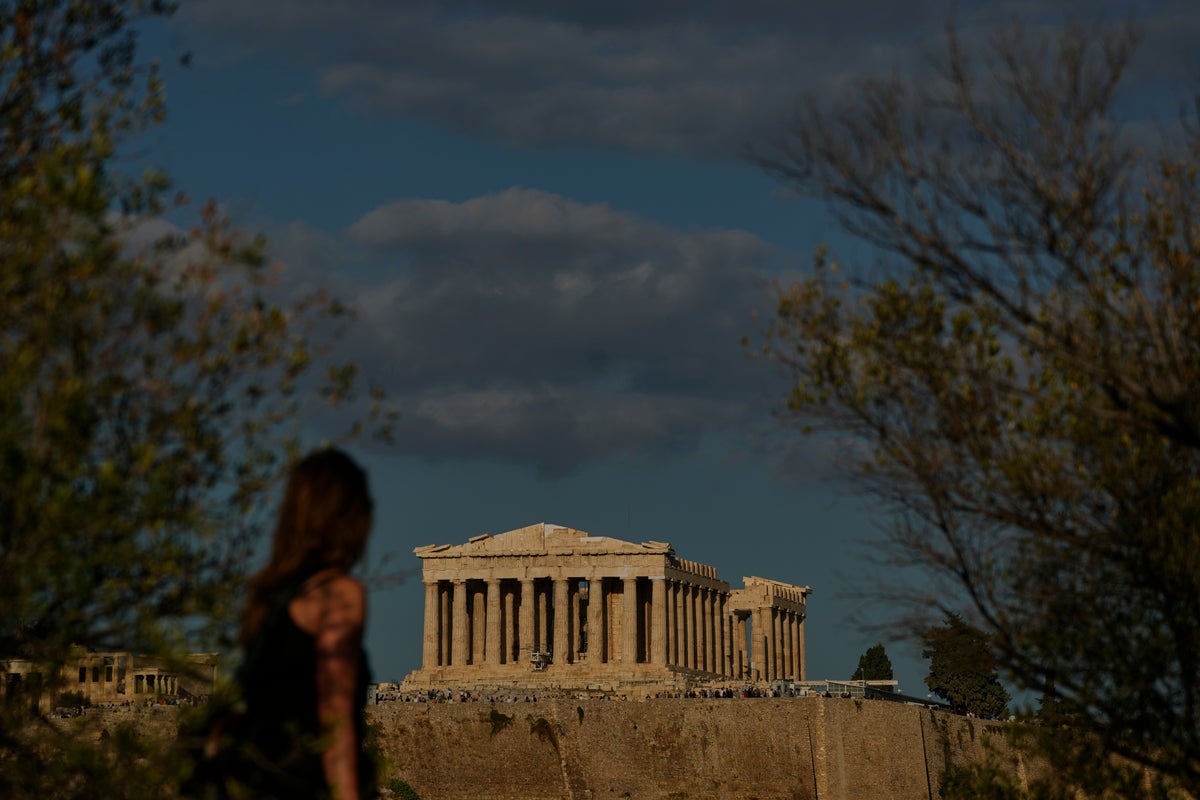Visitors to Athens are now being treated to a sight not witnessed in decades: an unobstructed, scaffolding-free view of the iconic Parthenon temple.
Strolling along the broad pedestrian street at the base of the famed Acropolis Hill, tourists can finally appreciate the 5th century B.C. UNESCO World Heritage site without the visual clutter that has marred its western façade for approximately 20 years.
The removal of the conservation scaffolding from the Parthenon’s western side, completed in late September, is particularly significant.
This elevation offers the most prominent street-level perspective, making its newfound clarity especially noticeable.
Culture Minister Lina Mendoni highlighted that this moment also marks the first time in around 200 years that the Parthenon’s entire exterior is completely free of any kind of scaffolding.
Speaking on Skai radio on Friday, Ms Mendoni remarked that for visitors, “it is like they are seeing a different, a completely different monument.”
However, this rare period of unblemished viewing will be temporary, as essential conservation efforts are set to continue.
New scaffolding is to be erected along the Parthenon’s western side in about one month’s time, but it will be “lighter and aesthetically much closer to the logic of the monument,” Mendoni said.
The renewed conservation work is expected to last until early summer in 2026.
The minister said: “The Parthenon will be completely freed of this scaffolding too, and people will be able to see it truly free.”
The Acropolis is by far Greece’s most popular tourist site, with 4.5 million people visiting in 2024, according to the country’s statistical authority.
The marble temple was built in the mid-5th century B.C. to honor the city’s patron goddess, Athena.

